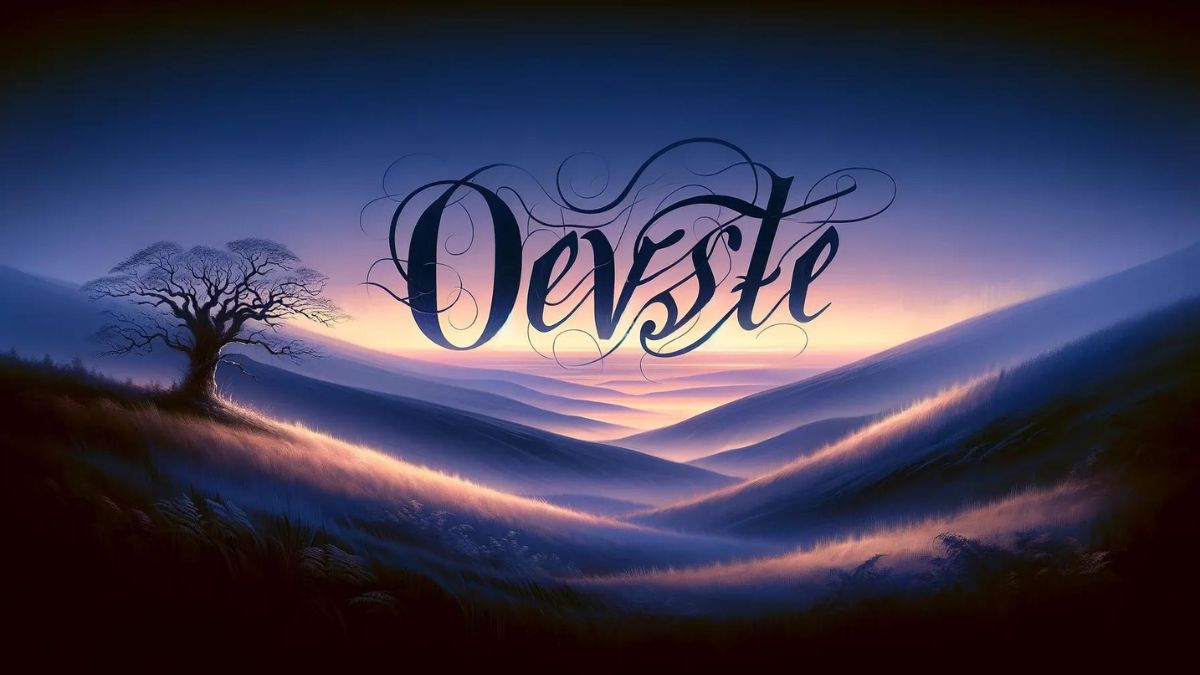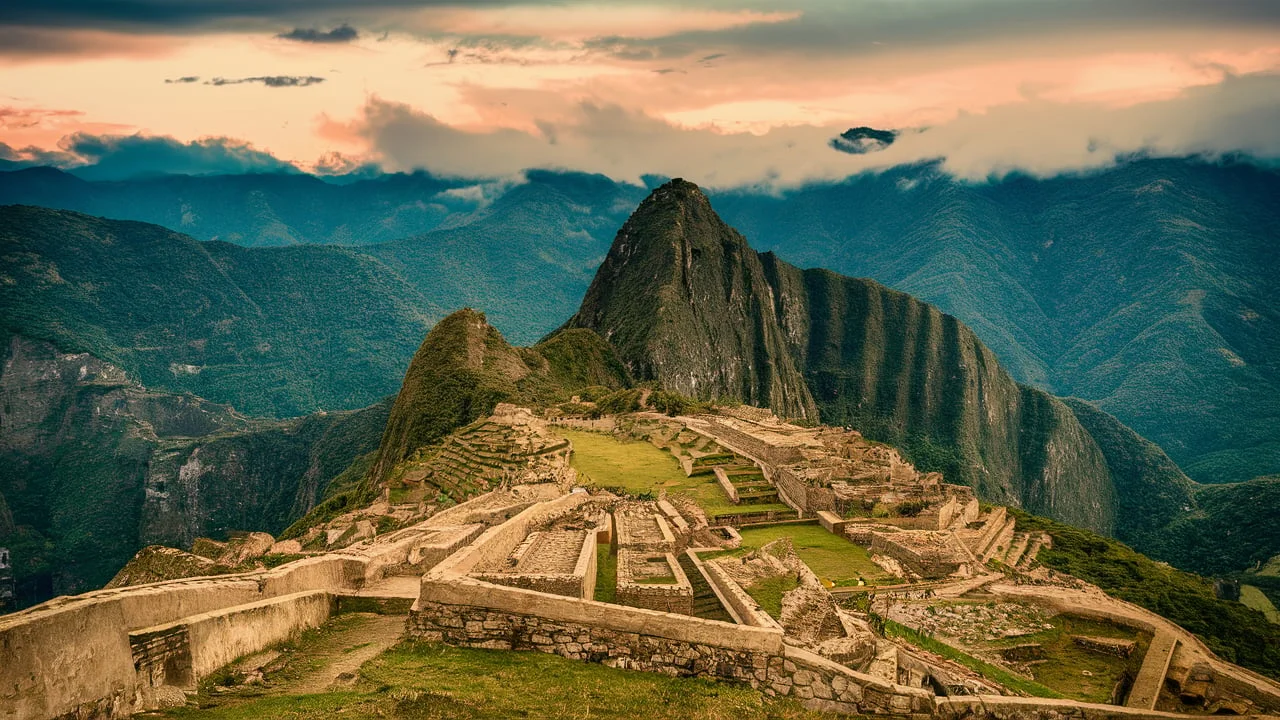Deep within the uncharted expanses of our world lies Antarvacna, a name that evokes whispers of enigma and curiosity. Although its existence remains elusive, the tales surrounding Antarvacna have fascinated explorers, historians, and scholars alike. This article delves into the mysteries of Antarvacna, examining the origins of the riddle and exploring the potential clues that could unlock its secrets.
The Origins of Antarvacna
Antarvacna first appeared in historical records as a cryptic reference in ancient manuscripts and folklore. The name itself, derived from a blend of archaic languages, has led some to believe that it could represent a lost civilization, a forgotten city, or even a mythical place imbued with magical properties. Despite numerous theories, concrete evidence about its exact nature remains scarce.
The earliest mention of Antarvacna can be traced back to an obscure 16th-century document discovered in the archives of a forgotten monastery. The manuscript, penned by a scholar of uncertain origins, described Antarvacna as “a place where the stars align with the earth in perfect harmony, revealing secrets of the universe to those who seek them.”
The Riddle Unveiled
The central mystery surrounding Antarvacna lies in an enigmatic riddle that has perplexed researchers for centuries. The riddle, written in an ancient script, reads:
“In the land where shadows dance with light, Where the sun meets the moon in twilight, Seek the path where the river bends, And there the truth of Antarvacna extends.”
Interpreting this riddle has been a challenge for many. The references to shadows, light, and celestial alignments suggest that Antarvacna might be linked to astronomical phenomena or natural landmarks. But where, precisely, could these clues lead?
Decoding the Clues
To solve the riddle, scholars have employed various methodologies, ranging from astronomical observations to geographical surveys. Each clue provides a piece of the puzzle:
- Land of Shadows and Light: This phrase might refer to a location with striking contrasts between light and dark, such as regions with extreme variations in day and night or areas where natural formations create dramatic visual effects.
- Sun Meets the Moon in Twilight: This could imply a specific time or location where solar and lunar events intersect, such as solstices, equinoxes, or lunar eclipses. These moments are often considered auspicious in many ancient cultures.
- Path Where the River Bends: Rivers are crucial in ancient lore and geography. A river’s bend could be symbolic or literal, indicating a place of significance or a geographical marker that plays a key role in the quest for Antarvacna.
Field Research and Discoveries
In recent years, field researchers have focused their efforts on locations that fit the riddle’s description. One promising area is the region of the Andes Mountains, where ancient civilizations revered celestial events and where rivers indeed form intriguing patterns. Explorations have uncovered remnants of structures aligned with astronomical events, suggesting that these civilizations might have known something about Antarvacna.
Another area of interest is the ancient city of Petra in Jordan, renowned for its sophisticated water management systems and architectural alignments with solar phenomena. Researchers have found that Petra’s structures align with significant celestial events, hinting at a possible connection to the mysteries of Antarvacna.
Theoretical Perspectives
Several theories have emerged regarding Antarvacna’s true nature:
- Lost Civilization: Some believe that Antarvacna could be a reference to a lost civilization with advanced astronomical and geographical knowledge. This civilization might have left behind clues embedded in their architecture or records.
- Mythical Concept: Others propose that Antarvacna might be a mythical concept representing a place of ultimate wisdom or enlightenment, rather than a physical location. In this view, the riddle serves as a metaphor for the quest for knowledge and self-discovery.
- Astronomical Phenomenon: Another theory suggests that Antarvacna could be linked to a specific astronomical event or alignment. The riddle might be directing seekers to observe a particular celestial phenomenon that reveals deeper truths.
Conclusion
The quest to unravel the mysteries of Antarvacna continues to captivate the imagination of explorers and researchers. Whether it represents a lost civilization, a mythical ideal, or an astronomical phenomenon, the journey to solve the riddle is as significant as the answer itself. As new discoveries are made and interpretations evolve, Antarvacna remains a symbol of the enduring human quest for knowledge and the allure of the unknown.
Frequently Asked Questions (FAQs) About Antarvacna
1. What is Antarvacna?
Antarvacna is a term that refers to a mysterious and enigmatic entity mentioned in ancient manuscripts and folklore. It is believed to represent a lost civilization, a forgotten city, or a mythical place with profound significance. Despite numerous theories, concrete evidence about its exact nature remains elusive.
2. Where did the name “Antarvacna” originate?
The name “Antarvacna” appears in a 16th-century document discovered in an obscure monastery. The manuscript describes it as a place of cosmic harmony and secrets. The name itself is derived from a blend of archaic languages, which adds to its mystique.
3. What is the riddle associated with Antarvacna?
The riddle associated with Antarvacna is as follows: “In the land where shadows dance with light,
Where the sun meets the moon in twilight,
Seek the path where the river bends,
And there the truth of Antarvacna extends.”
This riddle is believed to hold clues to uncovering the true nature or location of Antarvacna.
4. What do the clues in the riddle suggest?
The riddle’s clues suggest several elements:
- Land of Shadows and Light: This could refer to a place with dramatic contrasts between light and dark.
- Sun Meets the Moon in Twilight: This may point to celestial events or specific times when solar and lunar phenomena intersect.
- Path Where the River Bends: This implies a geographical marker or location related to a river’s bend.
5. Have any locations been identified as potential sites for Antarvacna?
Several locations have been explored in connection with Antarvacna:
- The Andes Mountains: Known for their ancient astronomical significance and river patterns.
- Petra, Jordan: Famous for its architectural alignments with celestial events. These locations are intriguing due to their alignment with some elements of the riddle, but no definitive connection has been established.










